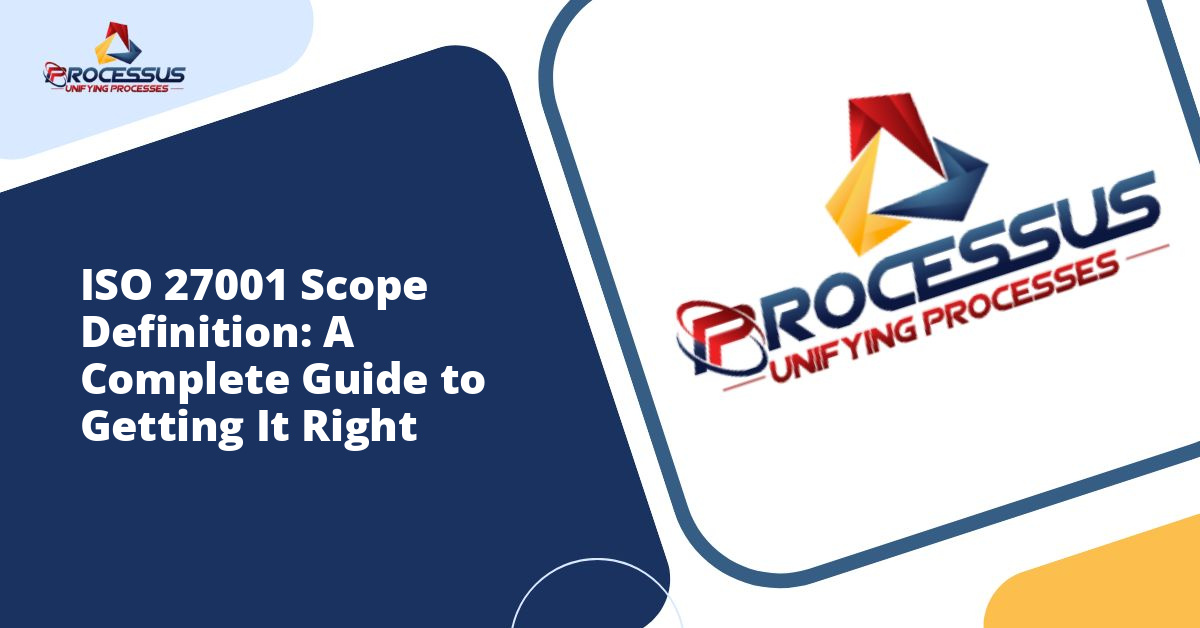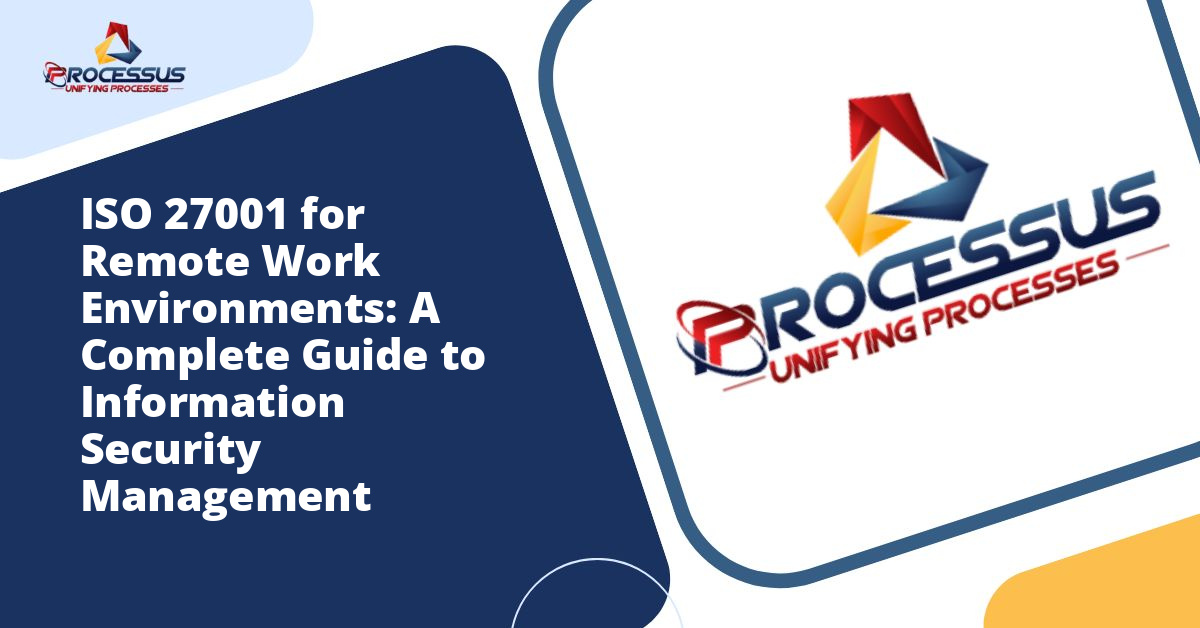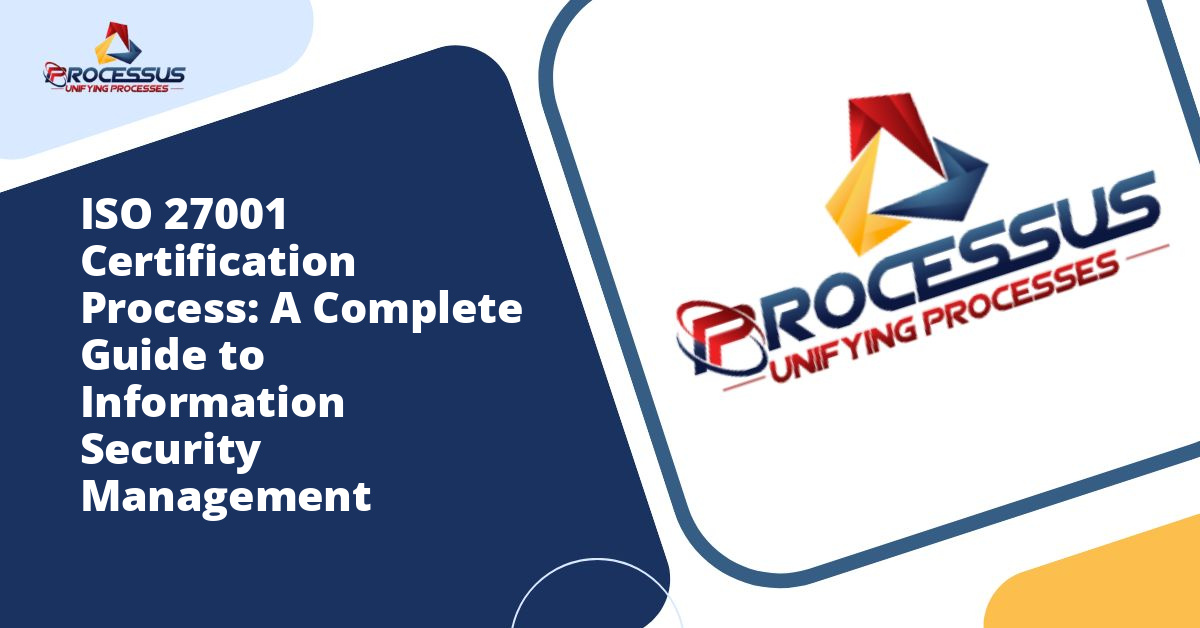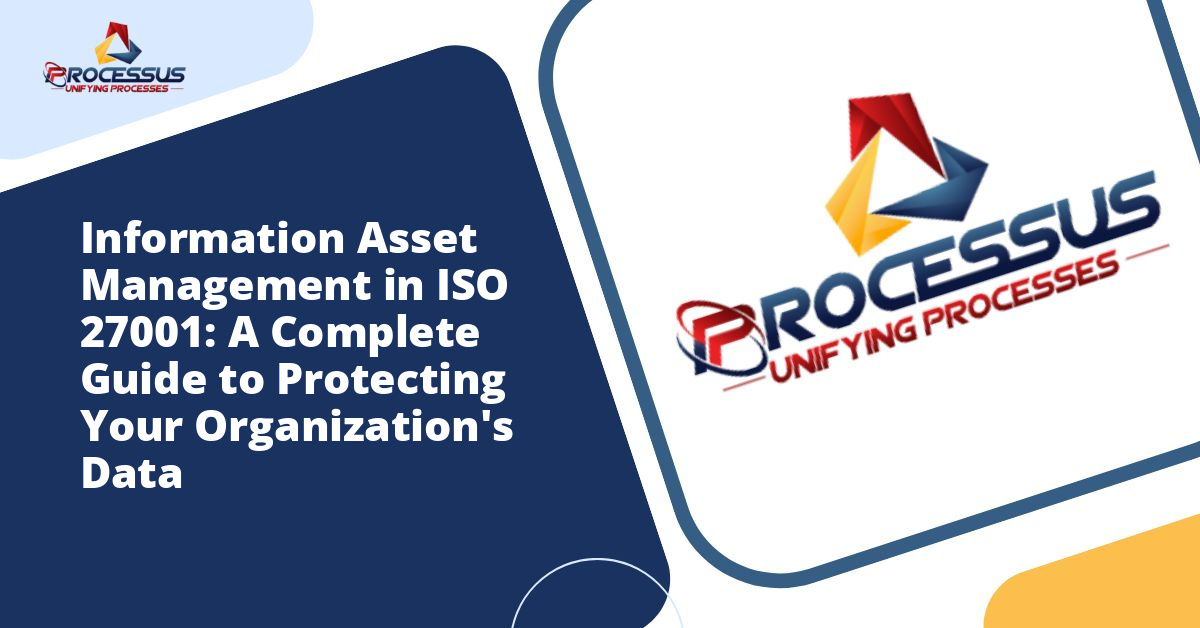The digital transformation landscape has fundamentally changed how organizations store, process, and manage sensitive information. As businesses increasingly migrate their operations to cloud environments, maintaining robust information security standards has become more critical than ever. ISO 27001, the international standard for information security management systems (ISMS), provides a structured framework that helps organizations protect their data assets during and after cloud migration.
Understanding the intersection of cloud migration and ISO 27001 compliance is essential for organizations seeking to leverage cloud benefits while maintaining stringent security controls. This comprehensive guide explores the challenges, best practices, and strategic approaches for achieving ISO 27001 compliance in cloud environments. You might also enjoy reading about Annex A Controls Explained: A Complete Guide to ISO 27001 Security Measures.
Understanding ISO 27001 in the Cloud Context
ISO 27001 represents a systematic approach to managing sensitive company information, ensuring it remains secure through comprehensive risk management processes. The standard encompasses people, processes, and technology systems, applying a risk management methodology to safeguard information assets. You might also enjoy reading about What is ISO 27001: Your Complete Guide to Information Security Standards.
When applied to cloud environments, ISO 27001 compliance requires organizations to demonstrate control over their data, regardless of where it physically resides. This presents unique challenges because cloud computing inherently involves sharing responsibility for security between the cloud service provider (CSP) and the customer. You might also enjoy reading about ISO 27001 for Small and Medium Enterprises: A Complete Implementation Guide.
The Shared Responsibility Model
Cloud computing operates on a shared responsibility model where security obligations are distributed between the service provider and the customer. Understanding this division is fundamental to achieving ISO 27001 compliance in cloud environments.
Infrastructure as a Service (IaaS) providers typically manage physical security, network infrastructure, and virtualization layers. Customers remain responsible for operating systems, applications, and data security. Platform as a Service (PaaS) extends provider responsibility to include operating systems and runtime environments, while Software as a Service (SaaS) providers assume the most comprehensive security responsibilities, with customers primarily managing user access and data classification.
Key Challenges in Cloud Migration for ISO 27001 Compliance
Organizations pursuing ISO 27001 certification while migrating to the cloud face several complex challenges that require careful planning and strategic execution.
Data Location and Sovereignty
One of the most significant compliance challenges involves understanding where data physically resides. ISO 27001 requires organizations to know the location of their information assets and ensure appropriate security controls are applied. Cloud providers often distribute data across multiple geographical locations for redundancy and performance optimization, potentially creating conflicts with data protection regulations and ISO 27001 requirements.
Organizations must establish clear contractual agreements with cloud providers specifying data storage locations, especially when operating under regulations like GDPR, which imposes strict requirements on cross-border data transfers. The ability to demonstrate control over data location is essential for ISO 27001 compliance and regulatory adherence.
Visibility and Control Limitations
Traditional on-premises environments provide organizations with complete visibility into their infrastructure, network traffic, and security controls. Cloud environments introduce opacity, as customers cannot physically inspect data centers or directly monitor all security measures implemented by providers.
This reduced visibility complicates ISO 27001 compliance because the standard requires organizations to demonstrate effective implementation of security controls. Companies must develop alternative methods for verifying security measures, typically through third-party audits, compliance certifications, and comprehensive service level agreements (SLAs).
Third-Party Risk Management
ISO 27001 Annex A control 15.1.1 specifically addresses information security in supplier relationships. Cloud migration inherently creates dependency on external service providers, requiring robust vendor management processes. Organizations must evaluate cloud provider security practices, monitor ongoing compliance, and ensure contractual agreements align with ISO 27001 requirements.
The challenge intensifies when cloud providers utilize their own subcontractors, creating extended supply chains where visibility becomes progressively limited. Comprehensive due diligence processes must evaluate not only primary cloud providers but also their entire service delivery ecosystem.
Strategic Approach to Cloud Migration with ISO 27001 Compliance
Successfully achieving ISO 27001 compliance during cloud migration requires a structured, methodical approach that integrates security considerations throughout the migration lifecycle.
Pre-Migration Assessment and Planning
Before initiating cloud migration, organizations should conduct comprehensive assessments evaluating current information security postures, identifying gaps between existing controls and ISO 27001 requirements, and determining how cloud environments will address or exacerbate these gaps.
Risk assessment forms the foundation of ISO 27001 compliance. Organizations must identify information assets, evaluate threats and vulnerabilities, and determine appropriate risk treatment options. Cloud migration introduces new risks related to data transmission, shared infrastructure, and vendor dependency that must be thoroughly analyzed.
Creating a detailed migration roadmap that incorporates security milestones ensures compliance considerations remain prioritized throughout the transition. This roadmap should identify critical assets requiring enhanced protection, establish migration phases that minimize security exposure, and define validation points where compliance will be verified.
Cloud Provider Selection and Due Diligence
Selecting an appropriate cloud service provider is perhaps the most critical decision affecting ISO 27001 compliance. Organizations should prioritize providers holding relevant certifications, including ISO 27001 certification for their own operations, demonstrating commitment to information security best practices.
Due diligence should evaluate multiple dimensions of provider capabilities. Technical security controls must meet or exceed organizational requirements, including encryption capabilities, access management systems, network security, and incident response procedures. Contractual terms should clearly define security responsibilities, data ownership rights, compliance obligations, and audit rights.
Organizations should request detailed information about provider security architectures, change management processes, personnel security practices, and business continuity arrangements. The provider’s willingness to provide transparent information often indicates their security maturity and commitment to customer success.
Implementing ISO 27001 Controls in Cloud Environments
ISO 27001 Annex A contains 114 controls across 14 categories. While not all controls apply to every organization, cloud migration requires careful consideration of how each relevant control will be implemented in the new environment.
Access control represents a critical area requiring particular attention. Cloud environments demand robust identity and access management (IAM) solutions that enforce principle of least privilege, implement multi-factor authentication, and provide comprehensive audit trails. Organizations must establish clear processes for provisioning and deprovisioning access, especially for privileged accounts with elevated permissions.
Cryptographic controls protect data confidentiality and integrity. Organizations should implement encryption for data at rest and in transit, utilizing strong encryption algorithms and proper key management practices. Many cloud providers offer native encryption services, but organizations must ensure they retain control over encryption keys when required by compliance obligations.
Operations security controls address daily security management activities. Cloud environments require automated monitoring and alerting systems that detect anomalous activities, security events, and potential breaches. Integration between cloud-native security tools and organizational security information and event management (SIEM) systems provides comprehensive visibility.
Documentation and Evidence Management
ISO 27001 certification requires extensive documentation demonstrating how the ISMS operates and how controls are implemented. Cloud environments present unique documentation challenges because some control implementation details reside with service providers.
Essential Documentation Requirements
Organizations must maintain comprehensive documentation covering their information security management system scope, security policy statements, risk assessment and treatment methodologies, and procedures for all implemented controls.
Cloud-specific documentation should include detailed architecture diagrams showing data flows, integration points, and security boundaries. Service agreements with cloud providers, including SLAs and security addendums, form critical evidence of control implementation. Regular audit reports from cloud providers, such as SOC 2 reports or ISO 27001 certificates, supplement organizational documentation.
Change management documentation becomes particularly important in cloud environments where infrastructure changes may occur more frequently than traditional data centers. Organizations must maintain records of significant changes, approval processes, and verification that changes maintain security posture.
Continuous Monitoring and Evidence Collection
ISO 27001 requires ongoing monitoring to ensure controls remain effective. Cloud environments offer sophisticated monitoring capabilities through native platform tools and third-party security solutions.
Organizations should implement automated evidence collection processes that gather logs, configuration snapshots, access records, and security event data. Centralized log management solutions aggregate information from multiple cloud services, creating comprehensive audit trails that satisfy ISO 27001 requirements.
Regular control effectiveness reviews verify that security measures continue achieving intended outcomes. These reviews should evaluate both technical controls and administrative processes, identifying any degradation in effectiveness and triggering corrective actions when necessary.
Maintaining Compliance Post-Migration
Achieving initial ISO 27001 compliance represents a significant milestone, but maintaining compliance requires ongoing commitment and continuous improvement.
Regular Audits and Assessments
ISO 27001 requires organizations to conduct regular internal audits examining ISMS effectiveness. Cloud environments should receive particular scrutiny during these audits, evaluating whether shared responsibility models function as intended and whether cloud provider controls remain adequate.
External certification audits occur annually, with full recertification every three years. Organizations must prepare comprehensive evidence packages demonstrating continued compliance, including records of security incidents, management reviews, training activities, and control effectiveness measurements.
Incident Response and Business Continuity
ISO 27001 requires documented incident response and business continuity procedures. Cloud environments necessitate coordination between organizational response teams and cloud provider support structures.
Organizations should establish clear escalation procedures defining when and how to engage cloud provider support during security incidents. Testing incident response procedures through tabletop exercises and simulations ensures effectiveness when real incidents occur.
Business continuity planning must account for potential cloud service disruptions, whether from technical failures, security breaches, or provider business changes. Regular backups, preferably stored with different providers or on-premises, provide resilience against cloud service failures.
Emerging Trends and Future Considerations
The intersection of cloud computing and information security continues evolving rapidly. Organizations pursuing ISO 27001 compliance should remain aware of emerging trends that may impact their security strategies.
Multi-Cloud and Hybrid Cloud Architectures
Many organizations adopt multi-cloud strategies, utilizing services from multiple cloud providers to avoid vendor lock-in and optimize capabilities. While offering benefits, multi-cloud environments increase complexity for ISO 27001 compliance, requiring consistent security controls across diverse platforms.
Hybrid cloud architectures combining on-premises infrastructure with cloud services create additional integration challenges. Organizations must ensure security controls apply consistently across all environments and that data transfers between environments maintain appropriate protection.
Automation and DevSecOps
Cloud-native development practices emphasize automation and rapid deployment cycles. Integrating security into development pipelines through DevSecOps approaches helps maintain compliance even as applications evolve quickly.
Automated compliance checking tools can continuously evaluate cloud configurations against ISO 27001 requirements, identifying misconfigurations and security gaps before they create vulnerabilities. Infrastructure as code practices enable version control and audit trails for infrastructure changes, supporting compliance documentation requirements.
Conclusion
Cloud migration and ISO 27001 compliance need not be conflicting objectives. With careful planning, appropriate provider selection, and rigorous implementation of security controls, organizations can leverage cloud computing benefits while maintaining robust information security standards.
Success requires understanding the shared responsibility model, implementing comprehensive risk management processes, maintaining thorough documentation, and committing to continuous monitoring and improvement. Organizations that integrate ISO 27001 requirements into their cloud migration strategies from the outset position themselves for smoother transitions and stronger security postures.
As cloud technology continues maturing and security tools become more sophisticated, achieving compliance becomes progressively more manageable. However, the fundamental principle remains constant: information security requires ongoing attention, appropriate resource allocation, and unwavering commitment from organizational leadership. By treating ISO 27001 compliance as an enabler rather than an obstacle, organizations can confidently embrace cloud migration while protecting their most valuable information assets.







